Eliminate stress factors that cause disease
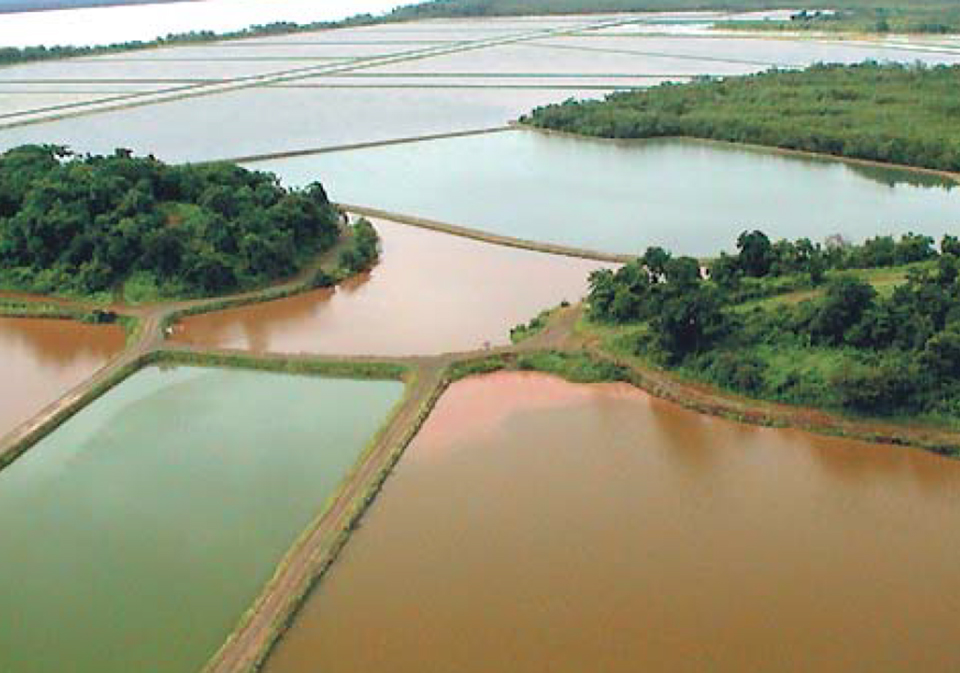
Biosecurity in shrimp aquaculture is achieved by preventing the presence, growth, and spread of pathogenic microorganisms. Small aquaculture facilities can practice a full range of biosecurity measures. As facilities get larger, however, it becomes more difficult to implement biosecurity and isolate farms from their environment.
Physical isolation
The best way to achieve true biosecurity is to physically isolate the farm from its surroundings. This is possible in small aquaculture facilities if they are completely enclosed. Such facilities include hatcheries, nurseries, raceways, larvae cultures and highly intensive grow-out tanks – all of which have walls and roofs. Ponds of more than one ha, commonly used for semi-intensive production of shrimp in Central and South America, cannot be truly biosecured.
Biosecurity layers
Biosecurity should not be viewed rigidly as a single line of defense that, once breached by the disease vector, is worthless. Rather, biosecurity should have several layers of protection and planning to accommodate the possibility of disease penetration. Once a farm is affected by disease, the farmer has the following options:
- Apply methods that reduce the effect of the disease.
- Restrict the disease from spreading to other ponds, farms, or regions.
- Eventually eliminate the disease from the farm area.
First line of defense
Biosecurity is a combination of physical, chemical, and biological measures utilized to protect the cultured shrimp against disease. Several of the following measures, practiced in the first line of defense against incoming pathogens, are only practical in small facilities. However, some of the measures are not bound by the size of the facility and can benefit all shrimp operations.
- The use of specific pathogen free (SPF) shrimp stocks.
- Construction of physical barriers (walls, roofs, fences, netting) to prevent the entrance of disease-carrying animals.
- Quarantine of incoming stocks.
- Treatment of incoming water.
- Limited or zero water exchange.
- Treatment of sediment.
- Sterilization of incoming equipment.
- Application of common-sense hygiene measures, such as washing hands and boots, changing clothes, etc.
All biosecurity measures are significantly strengthened by accurate and rapid diagnosis of the pathogen or the disease. Early detection, followed by immediate action to contain and treat the disease, can prevent a large-scale disaster. Shrimp facilities that are found to harbor an exotic pathogen should be isolated immediately and treated before the arrival of new shrimp.
Second line of defense
The second line of defense includes methods aimed at improving the shrimps’ ability to defend against potential pathogens. It is best to establish these methods before biosecurity is breached, but these methods can also be used in areas that are already infected:
• Use of specific pathogen-resistant shrimp that are also specific pathogen-free.
• Stimulation of shrimp immune systems with immunostimulants.
• Enhancement of immunotolerance to viruses by using tolerins.
The effectiveness of immunostimulants and tolerins is still not fully proven, as little information is available about the use of these products in controlled studies. As always with new methods, farmers should use caution when applying immunostimulants and tolerins.
Alleviating disease
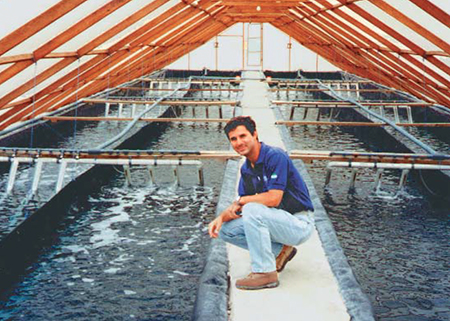
When disease affects a farm, managers should focus on keeping the animals as strong and resistant as possible by minimizing or eliminating stress factors. Many stressors directly reduce the efficacy of the innate immune systems of the shrimp. Stress reduction measures include:
- Maintaining high dissolved-oxygen levels.
- Keeping stable temperature, pH, and salinity levels.
- Controlling shrimp feeding to minimize waste.
- Removing sludge and organic matter.
- Treating wastewater and excess ammonia and nitrite.
The onset of disease requires the presence of a threshold concentration of pathogens. It is easier to alleviate a disease outbreak at its start, rather than when the disease is already widespread. It is also important to avoid the use of antibiotics unless their use is targeted and controlled, and use probiotics only when it is clear their addition will benefit the shrimp.
Conclusion
Biosecurity is crucial to maintaining a productive shrimp-growing operation. It involves setting up three levels of biosecurity measures: a first line of biosecurity to exclude incoming pathogens, a second line of defense to strengthen the shrimps’ ability to defend against pathogens, and a backup of measures to help the shrimp fight disease once a pathogen gets into the farm and initiates disease. Used correctly, biosecurity methods improve the health of shrimp and the sustainability of the industry.
(Editor’s Note: This article was originally published in the December 2001 print edition of the Global Aquaculture Advocate.)
Now that you've reached the end of the article ...
… please consider supporting GSA’s mission to advance responsible seafood practices through education, advocacy and third-party assurances. The Advocate aims to document the evolution of responsible seafood practices and share the expansive knowledge of our vast network of contributors.
By becoming a Global Seafood Alliance member, you’re ensuring that all of the pre-competitive work we do through member benefits, resources and events can continue. Individual membership costs just $50 a year.
Not a GSA member? Join us.
Authors
-
Ami Horowitz, Ph.D.
UPAH Tech, Inc.
3666 Stoer Road
Cleveland, Ohio 44122-5116 USA
upahtech@yahoo.com -
Sarah Horowitz, Ph.D.
UPAH Tech, Inc.
3666 Stoer Road
Cleveland, Ohio 44122-5116 USA
upahtech@yahoo.com
Tagged With
Related Posts
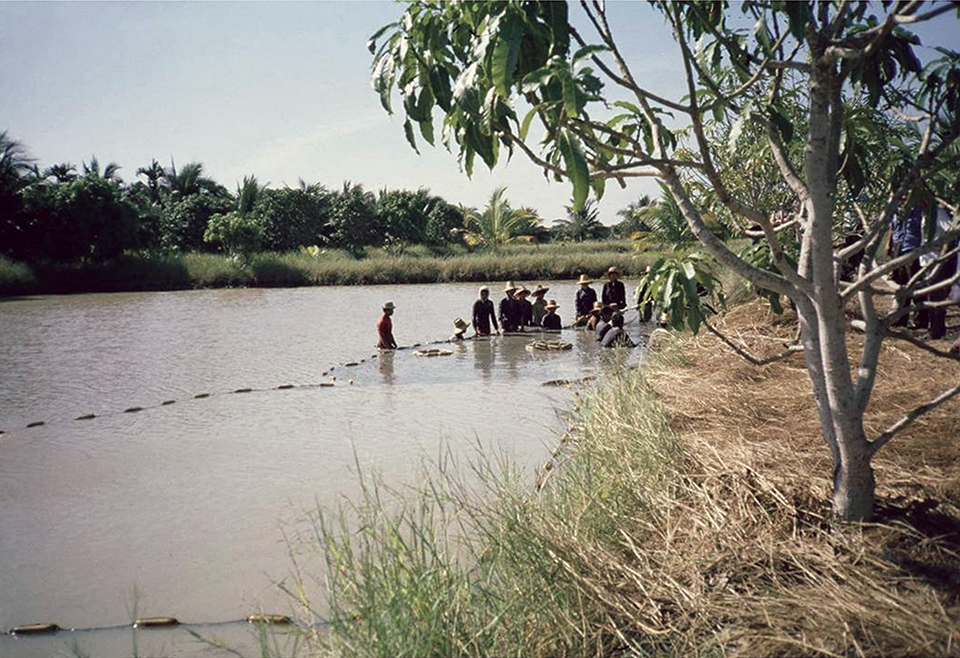
Health & Welfare
‘Big picture’ connects shrimp disease, inbreeding
Disease problems on shrimp farms may be partly driven by an interaction between management practices that cause inbreeding in small hatcheries and the amplification by inbreeding of susceptibility to disease and environmental stresses.
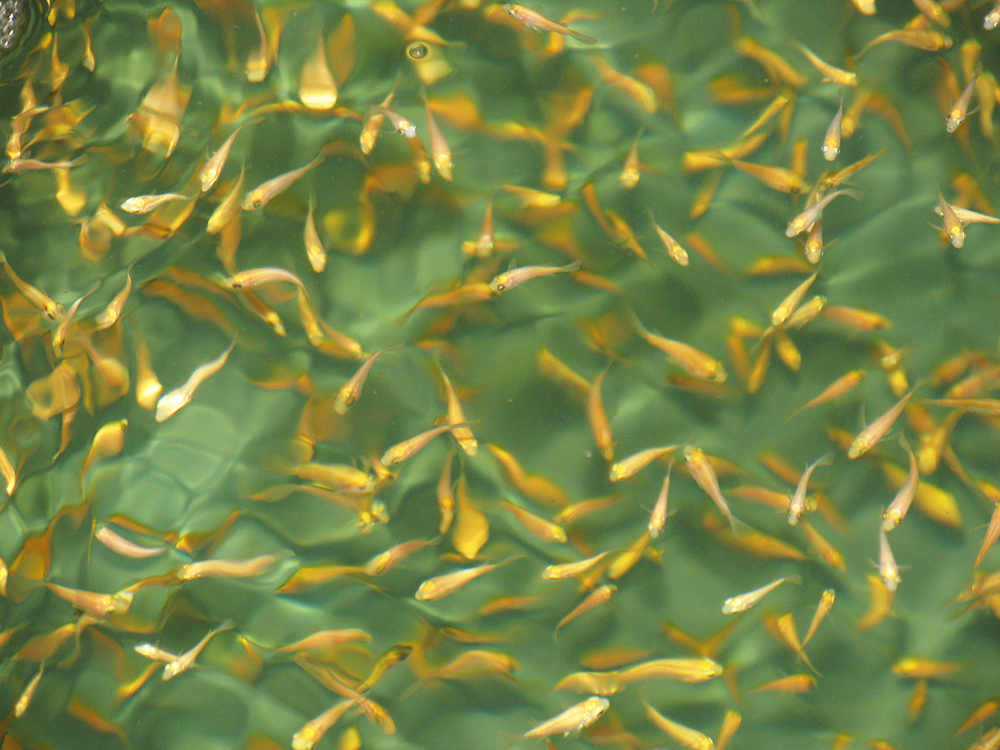
Health & Welfare
Biosecurity practices on fish farms need beefing up
Biosecurity measures and preventive strategies are essential in any biological production chain. Properly planned and implemented biosecurity programs will enhance animal health, production and economics.
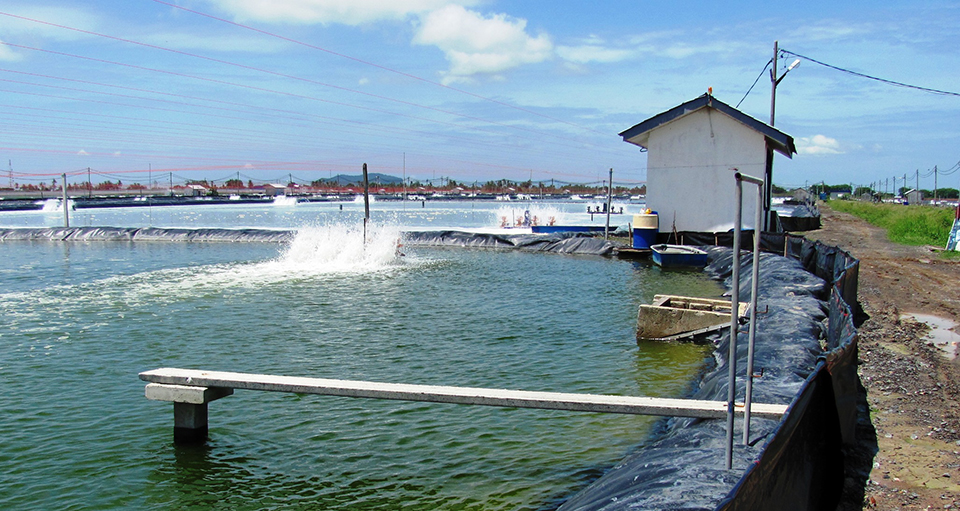
Health & Welfare
Biosecurity for shrimp farms
With the global spread of viruses, biosecurity has become an essential element of every shrimp farm. Biosecurity starts with quality of farm design.
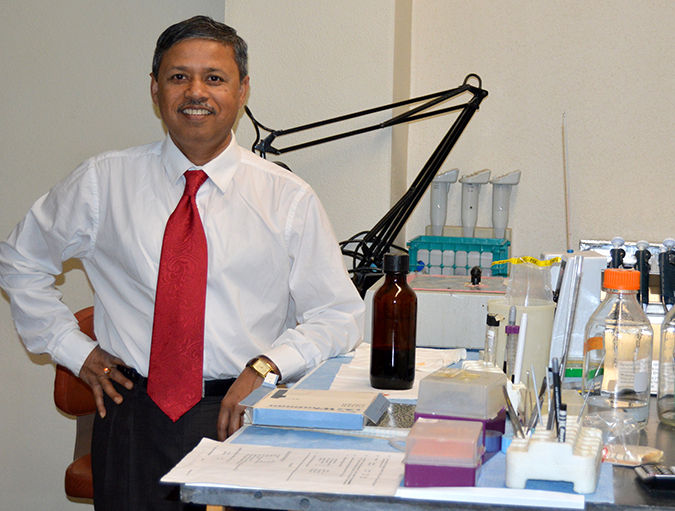
Health & Welfare
Big shoes to fill: Dhar takes reins at shrimp pathology laboratory
Arun Dhar, Ph.D. will attempt to fill the “big shoes” of Dr. Donald Lightner at the University of Arizona’s Aquaculture Pathology Laboratory, where the shrimp disease EMS was diagnosed.



